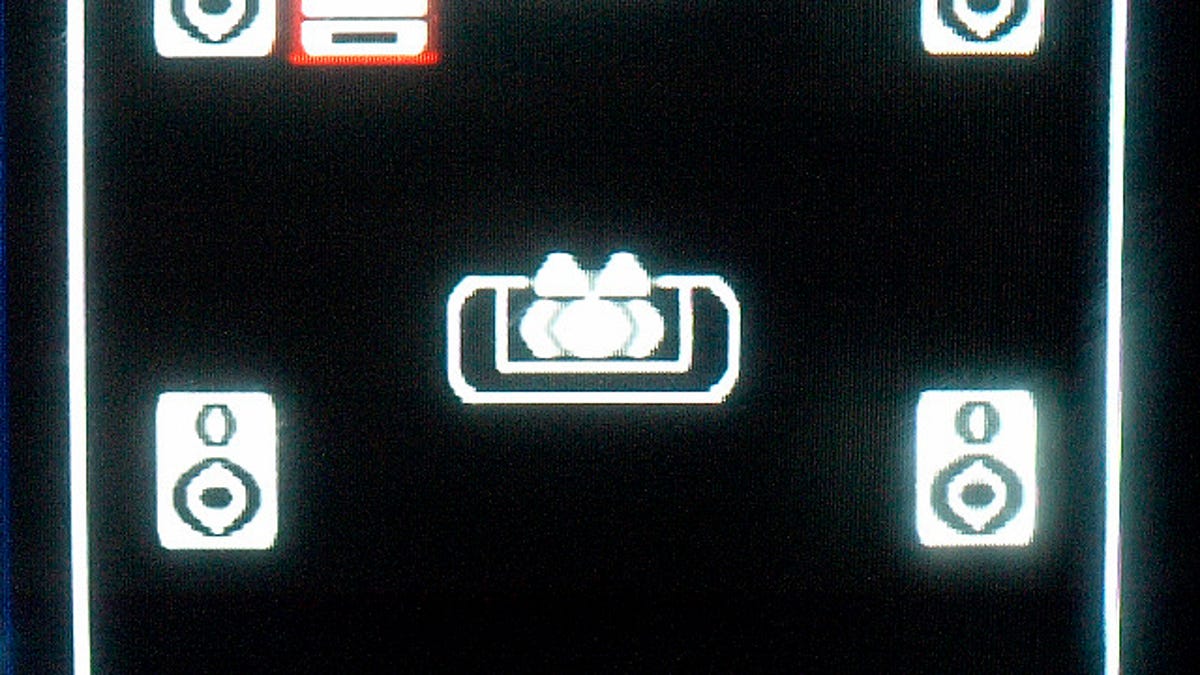Boom in your room: Subwoofer setup tips
The myth that subwoofers can be placed anywhere in a room and still sound great is far from true. A great sub, placed willy-nilly, won't come close to its potential.

I suppose the "place the sub wherever" myth is based on the fact that low frequencies (80 Hertz or lower) are nondirectional, so it's hard to tell where in the room the deep bass is coming from. That's true, but that's not the same thing as disregarding subwoofer placement concerns altogether.
Some experts recommend always sticking the sub in the room's corner. I rarely do that, but corner placement will produce more bass at a given subwoofer volume setting. The corner's two walls and floor reflections "reinforce" bass output, so sure, the sub would have to work harder to generate the same amount of bass when it's not in a corner. But in my experience the bass is smoother (flatter) and better integrated with the speakers when the sub's placed next to a wall.
If your speakers are small, fewer than 10 inches high, with a 4-inch or smaller woofer, I recommend keeping the sub within 3 or 4 feet of the front left or right speaker. The logic here is that if the sub is much farther away it's easy to tell the bass is coming from the sub. The goal is to make the bass sound like it's coming from the speakers, not the sub.
Larger speakers, with 6-inch or larger woofers, make more bass on their own, so the sub is only responsible for delivering the deepest (nondirectional) bass. Sub placement options are greater for that reason, but the best possible bass sound still requires a little work on your part.
Some placement experimentation may be useful; play a CD with lots of deep bass and keep repeating the track as you move the sub to all of the visually acceptable locations in your listening room. Wireless subs simplify the task somewhat, but they always have at least some wires and need to be plugged into an AC power outlet. You'll be amazed just how different the bass will sound in different locations; some will be muddy, some will sound louder, and some will reduce the bass volume. The goal is to get the best balance of deep bass and still have mid and upper bass in equal proportions.
In some rooms, that may be tough to achieve. As you change CDs or DVD/Blu-ray discs, you either have too much or too little bass. That's because the bass is uneven, it has peaks and dips in its response in you room. In those cases, try this: move your couch or chair into another room, and place the sub in the listening position. Yes, I know that sounds like a crazy idea, but it's just for test purposes.
Now play music and movies with lots of bass, and take a little stroll around your room, stopping in the spots where you'd like to place the sub. As you move about (take your time), you'll notice the bass' apparent loudness and definition changes from spot to spot, and you may find one magic location where the bass is more even from disc to disc. Then it's simply a matter of putting the sub in that position.
Using more than one sub can result in more evenly distributed bass throughout the room. Again, placement is a factor, but using two, three, four or more subs is the best way to achieve the most accurate, smoothest bass for listeners scattered around the room.

